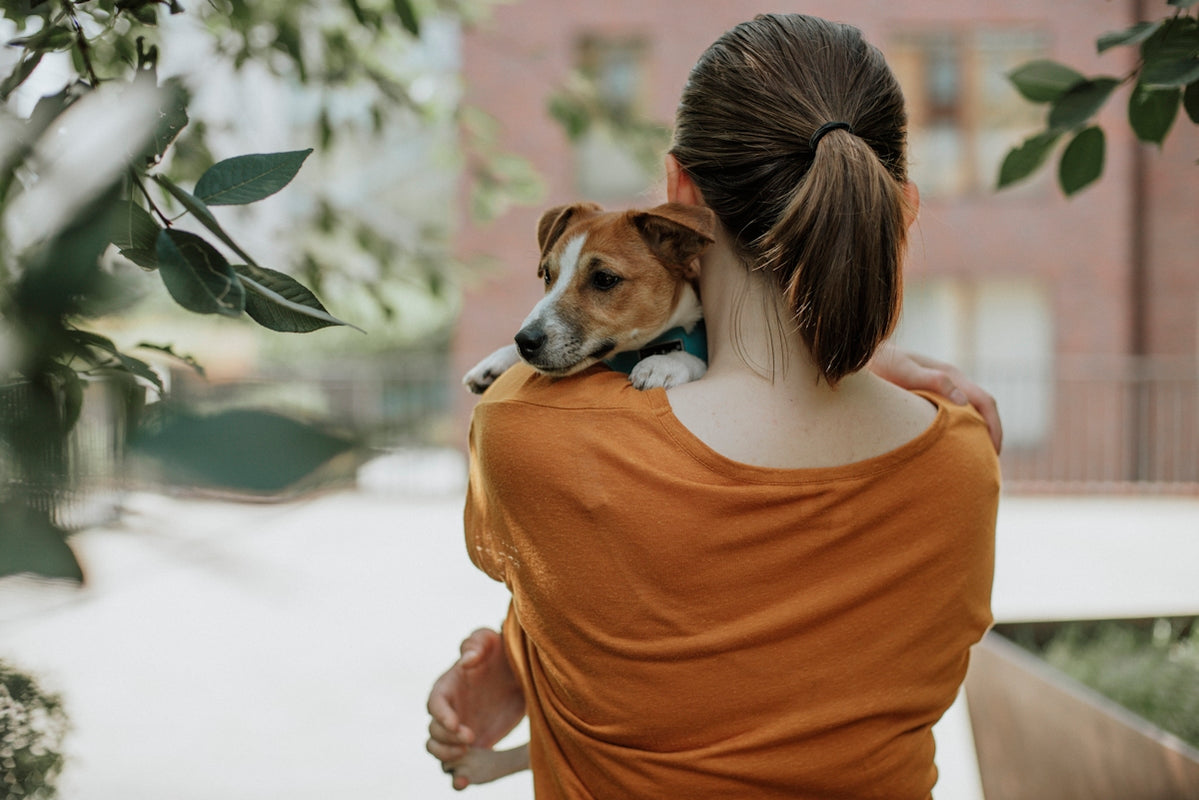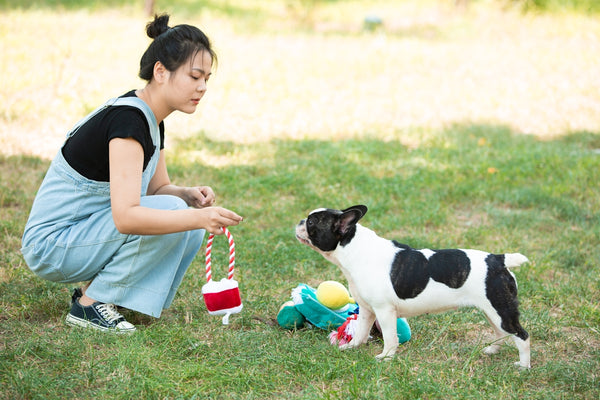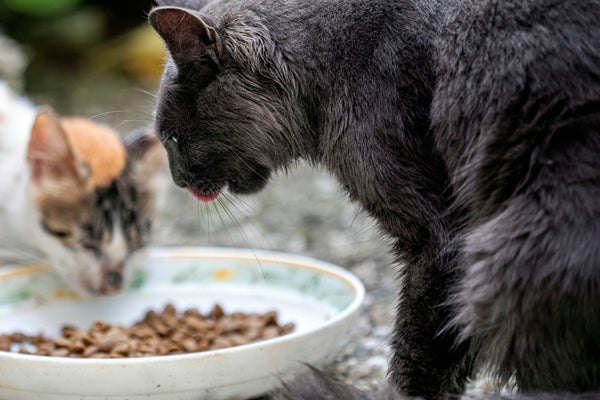If you're a pet owner, you've likely faced challenges with understanding and guiding your pet's behavior. Whether it's dealing with your puppy's teething phase or ensuring your senior cat finds comfort in its later years, pet training and behavior go hand-in-hand to create a harmonious living environment. In this post, we'll explore some of the most frequently asked questions about pet behavior and training. We'll cover tips and tricks to help you navigate the journey with your furry companions and recommend products that can support this process. For more pet care resources, visit My Pet Collective.
What are some common behavioral issues in dogs and cats?
Dogs
Many dog owners face behavioral issues that can range from minor annoyances to severe disruptions at home. Some common dog behaviors include:
- Barking: Some dogs bark excessively as a response to boredom, anxiety, or a call for attention.
- Chewing: It's natural for dogs, especially puppies, to chew. This behavior can be redirected to appropriate toys.
- Separation Anxiety: Dogs are social creatures and might experience anxiety when left alone.
- Aggression: This might be towards other pets or humans due to fear, territorial instincts, or poor socialization.
Cats
Cats, on the other hand, may exhibit different but similarly challenging behaviors including:
- Scratching: Cats have an instinctual need to scratch, often leading to damaged furniture.
- Litter Box Issues: Some cats may urinate outside their litter box due to stress or medical issues.
- Nighttime Activity: Cats are crepuscular, meaning they are most active around dawn and dusk, which can be disruptive at night.
How can I address my pet's behavioral issues?
Positive Reinforcement
Both dogs and cats respond well to positive reinforcement. This method rewards good behavior with treats, affection, or play, encouraging repetition of that behavior. Consistency is key, so ensure everyone in the household follows the same approach.
Training Tools and Toys
Engaging your pet with interactive toys can help alleviate behavioral problems. For dogs, consider using the Durable Blue Twisted Rope Dog Toy which is great for interactive play and can help release energy and reduce anxiety.
Create a Safe Environment
Design a space that reduces stressors for your pets. Investing in products like the Ultimate Portable Foldable Dog Playpen can provide dogs with a secure area for play and training, whether indoors or outdoors.
How can I manage my pet's anxiety while traveling?
Travel can be stressful for pets, especially if they are not accustomed to car rides or being in a carrier. Here are a few tips to ease their anxiety:
Acclimate Your Pet
Before your trip, get your pet used to their travel environment. Allow them to explore the car or carrier a few times in a stress-free environment.
Use Travel Accessories
To keep your pet comfortable, consider using Extra Large Super Absorbent Pet Carrier Travel Pads which offer ultimate protection during long journeys.
Maintain a Familiar Routine
Try to stick to familiar feeding and bathroom break schedules to keep your pet comforted by the familiarity.
What are some training basics for puppies and kittens?
Puppies
For puppies, foundational training often includes:
- Housebreaking: Establish a bathroom routine and use consistent commands. Reward your puppy for going to the bathroom outside.
- Basic Commands: Teaching basic commands like "sit," "stay," and "come" help foster a strong, communicative relationship.
- Socialization: Expose your puppy to different environments, people, and other animals to ensure they are well-adjusted adults.
Kittens
Kittens benefit from:
- Litter Training: Show them where the litter box is and how to use it. Make the box easily accessible initially.
- Play: Simulate hunting and stalking games to satiate their instinctual needs.
- Gentle Handling: Regular, gentle handling helps kittens adapt to being touched, especially for grooming.
Should I worry about pet safety during outdoor activities?
Outdoor activities offer excellent opportunities for exercise and exploration but come with safety concerns. Here's how to address them:
First Aid Kits
Having a first aid kit on hand can be vital. Consider the Ultimate Pet First Aid Kit: Essential Emergency Supplies for Dogs & Cats for any unforeseen accidents during outings.
Identification
Ensure your pet wears a collar with an ID tag and consider microchipping.
Supervision
Always supervise pets in unfamiliar environments to prevent accidents or encounters with wild animals.
How can I support my pet as they age?
As pets age, their needs and behavior can change, requiring adjusted care.
Diet and Nutrition
Provide a diet tailored to your pet’s stage of life, possibly requiring more fiber, or supplements for joint health.
Veterinary Check-Ups
Regular vet visits can help catch age-related issues early and maintain overall health.
Comfort and Mobility
Older pets might need softer bedding or accessible spaces. Ensure they have comfortable areas to rest and relax.
For more information, visit My Pet Collective where you can find products and guidance for all your pet care needs.
This blog post provides a comprehensive guide to understanding and addressing pet behavior and training queries. It includes strategic product placements where relevant, in accordance with the requirements mentioned.












